Experiments and mistakes aren’t always that different. It’s all in what you do with them.
Has this happened to you? You go out, take some shots, look at your screen and think oh no! You either forgot to change your settings or somehow something got pushed or dialed into the wrong setting for what you’re doing and you didn’t realize it.
Luckily we’re typically photographing with digital cameras when this happens.
Don’t delete mistakes in-camera
Our first instinct is to just delete the crap from the card before you even upload it to look at it, save space on our memory card to shoot with and move on. Even though I knew there were several images that were very dark just by looking at the back of my camera, I didn’t delete anything directly from the camera. Then again, I never delete anything directly from the camera.
Why? You never know what you can recover from an image that doesn’t look so great on that little screen. Seriously, it’s too hard to tell what you really have until you upload it to view on a larger monitor. Also, sometimes you find something that you can get really creative with. Maybe it’s not a great image but it can be used as a texture, background or color overlay
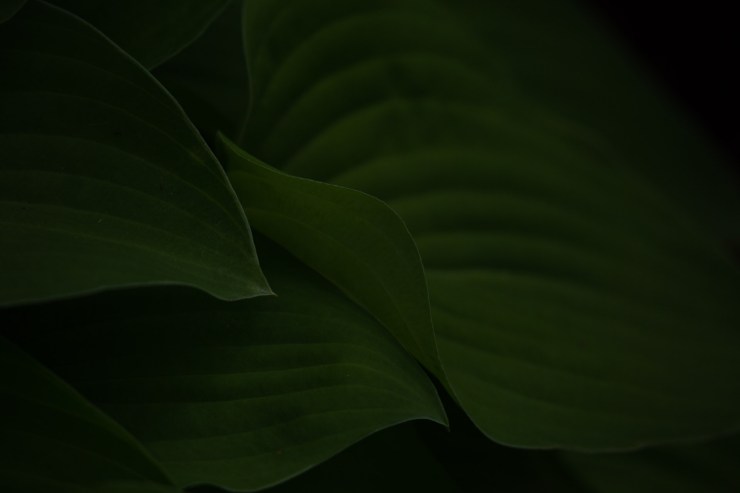
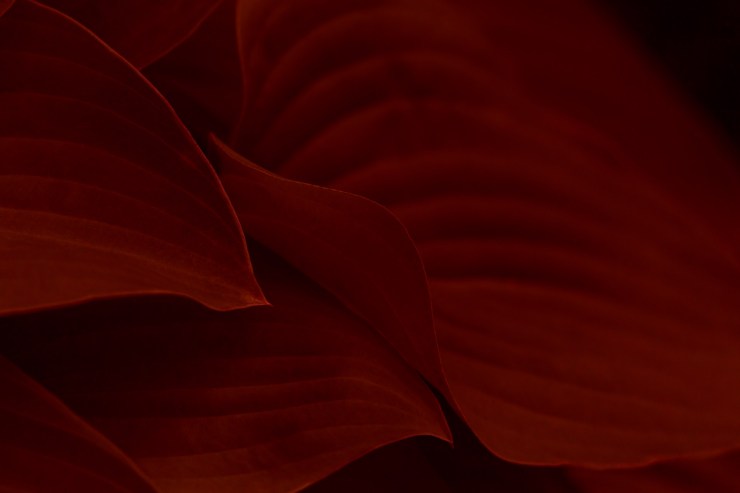
Digital images are very forgiving and software is our friend
Whether you shoot in JPEG or RAW, the amount of information in our digital files allows us to recover images that would have otherwise been unusable. Shooting in RAW gives us more digital information to work with but there is still some leeway in our JPEG files as well.
Try it. Take an underexposed image and see what you can do with it. Yes, this works better with images that have been underexposed but even if you have overexposed images, there are still ways to make them work as images or art.
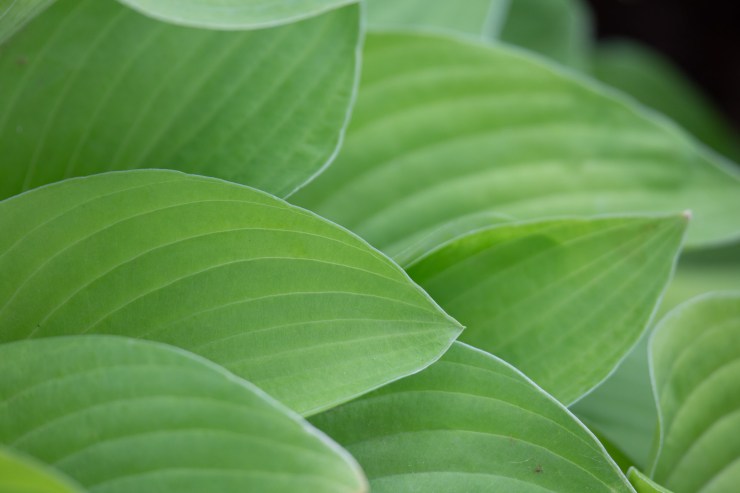
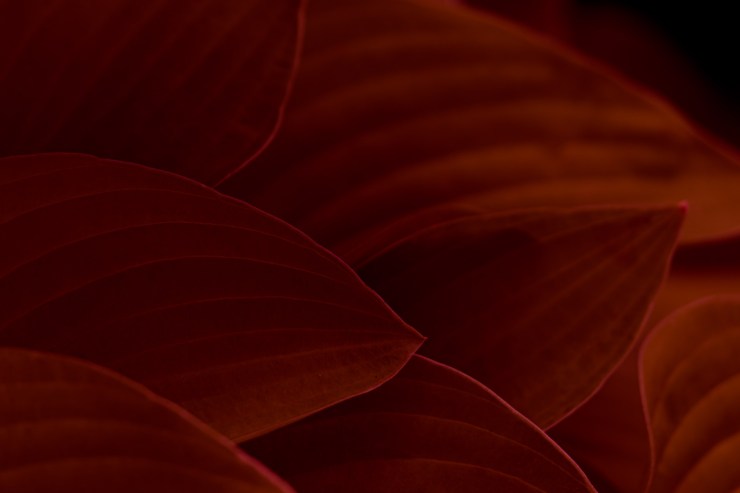
Make mistakes work for your other images
In this particular case, I caught what was wrong after three shots and fixed it. When I uploaded the images though I really liked the dark shot and decided to experiment with it. I tried different presets in Lightroom Classic and settled on one that gave it this deep red color and made some tweaks from there. It made the normally green hostas look otherworldly.
As I went through the other images, I grabbed two other hosta photos that were better exposed and recreated the dark exposure and post-processing I used on the initial underexposed image.
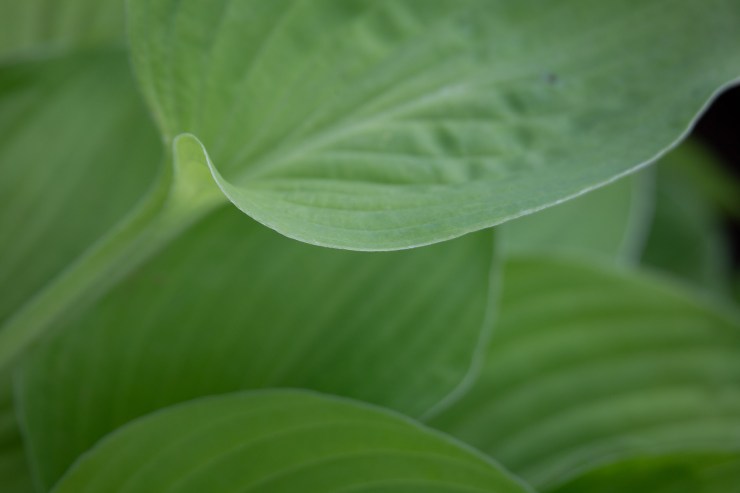

Never say never
Yes, I know, we are more often than not after the perfectly composed, exposed and setup shot. I get that. Sometimes things happen — we don’t prepare, we grab our camera and forget to change the settings, we are in a hurry or don’t want to miss whatever it is that is going on so we just start clicking the shutter. Remember shooting film and forgetting that you didn’t load the camera?
It happens. Just know that you can still possibly create a workable image or just get really artsy and creative to make something else out of it.
Tell your story with the second annual Visual Storytelling Conference!
Experience four days of interactive, online training sessions featuring a range of educational content with experienced photographers and content creators. This free event kicks off with a series of technical boot camps to build essential skills, followed by live, online sessions on photography, video, business and social media. Join live from March 10-13, 2022!
